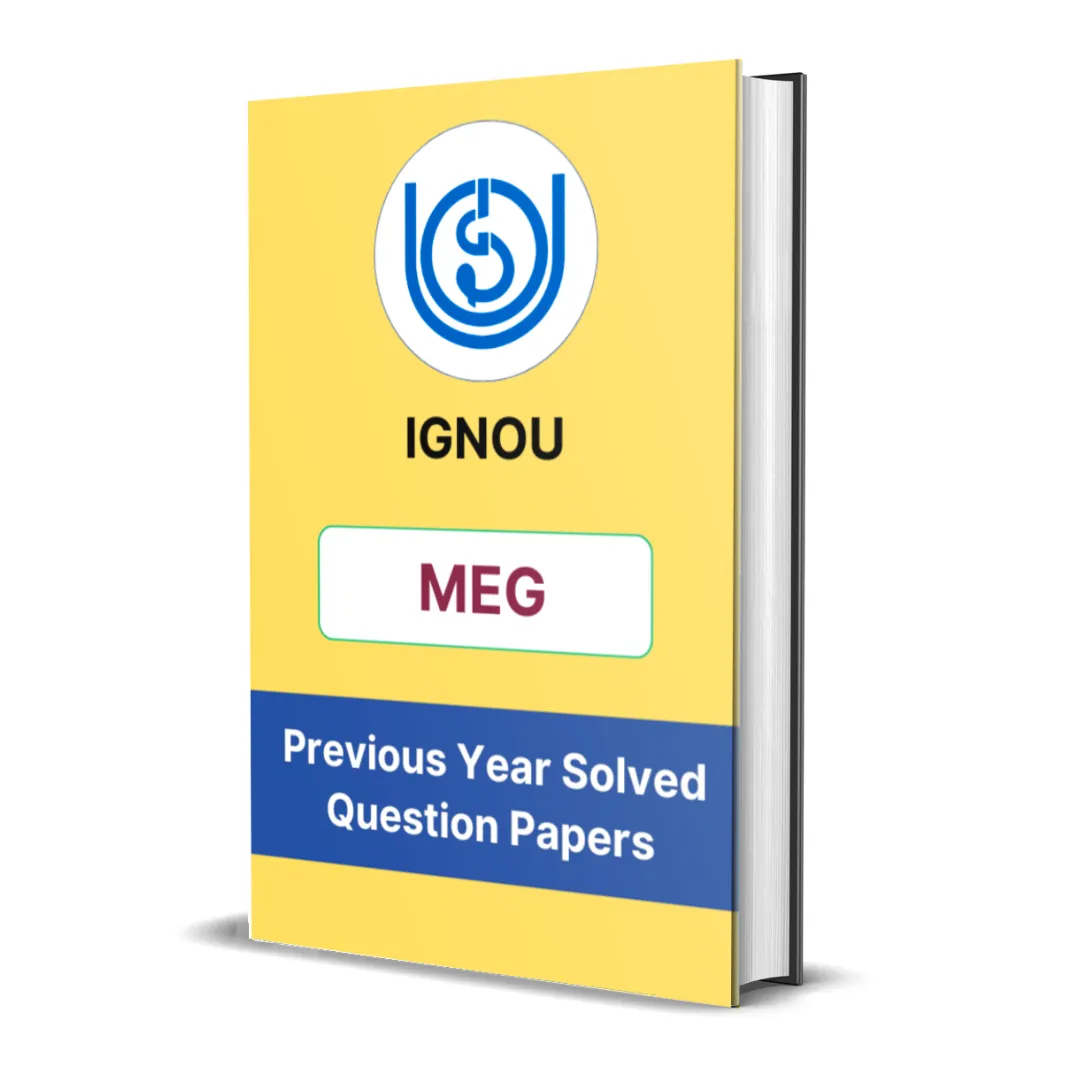Here you will get the detailed summary of IGNOU MEG 13 Block 6 – Oral Narratives.
We have provided the summary of all units starting from unit 1 to unit 4.
Introduction
IGNOU MEG-13 Block 6 focuses on oral narratives in tribal communities, highlighting how folk tales and songs serve as crucial vessels for cultural memory, wisdom, and resistance. These oral forms have been central to the preservation of indigenous worldviews, social customs, moral values, and ecological ethics. Unlike written literature, oral narratives are dynamic, performative, and community-centered, passed down through generations as living traditions. This block explores a range of tribal storytelling practices from the Santals, Lepchas, Mizos, Meghalayans, and Oraons, showcasing their diversity while also underlining shared themes of identity, justice, and harmony with nature.
Unit 1 – Santal Folk Tales
This unit introduces the rich oral storytelling tradition of the Santals, one of the largest tribal communities in India. Their folk tales are not merely entertaining stories but social documents that capture tribal cosmology, values, and resistance to external dominance.
Santal tales often feature animal fables, mythical ancestors, moral parables, and trickster figures. They reflect:
-
A deep relationship with nature, where animals, forests, and rivers are personified.
-
Cultural values such as honesty, hard work, community life, and justice.
-
Resistance to feudal oppression and colonial interference, told through metaphors and allegories.
These narratives function as informal tools of education, socialization, and identity formation, especially in a context where written documentation of history is sparse.
Unit 2 – Legend of the Lepchas (Folk Tales)
The second unit delves into the mythical and spiritual narratives of the Lepchas, an indigenous community of Sikkim. Their folk tales are deeply spiritual and rooted in environmental reverence, portraying Mount Kanchenjunga as a sacred deity and landscape as a living entity.
Lepcha legends often explore:
-
The origin of the people, their divine ancestry, and harmonious relationship with their natural surroundings.
-
Spirits, deities, and ancestral beings, whose interactions guide the moral and social codes of the community.
-
Colonial disruptions and cultural threats, reflected through symbolic stories of loss and longing.
These tales are vital for understanding how the Lepchas interpret their world through a spiritual-ecological lens, resisting erasure through storytelling.
Unit 3 – Folk Tales of Mizoram and Meghalaya
This unit highlights the narrative traditions of the Mizo and Khasi communities of the northeastern states of Mizoram and Meghalaya. These folk tales are community-centered and often narrated during festivals, village gatherings, or familial storytelling sessions.
Key themes include:
-
Courage, sacrifice, and collective justice, often enacted through tales of heroes or moral dilemmas.
-
Gender roles and social customs, offering insights into matrilineal and patriarchal practices across tribes.
-
Harmony with nature and the supernatural, where spirits, animals, and natural elements play crucial roles.
These tales often combine the mystical with the mundane, blending everyday concerns with fantastical elements, and continue to thrive in both oral and adapted written forms.
Unit 4 – Folk Songs of the Oraons
The final unit of this block introduces the lyrical and musical traditions of the Oraon tribe, primarily from Jharkhand and surrounding regions. Oraon folk songs are deeply tied to seasonal rhythms, agricultural cycles, and religious rituals. These songs are often performed during festivals such as Sarhul and Karma, where the entire community participates.
Themes in Oraon folk songs include:
-
Love, longing, and community bonding
-
Agricultural labor and celebration of harvests
-
Mythological themes and tribal history
-
Resistance to marginalization, through songs that subtly critique social injustice
These songs are not isolated art forms but collective expressions of memory, resilience, and identity, passed down orally through generations, and often accompanied by traditional instruments and dance.

